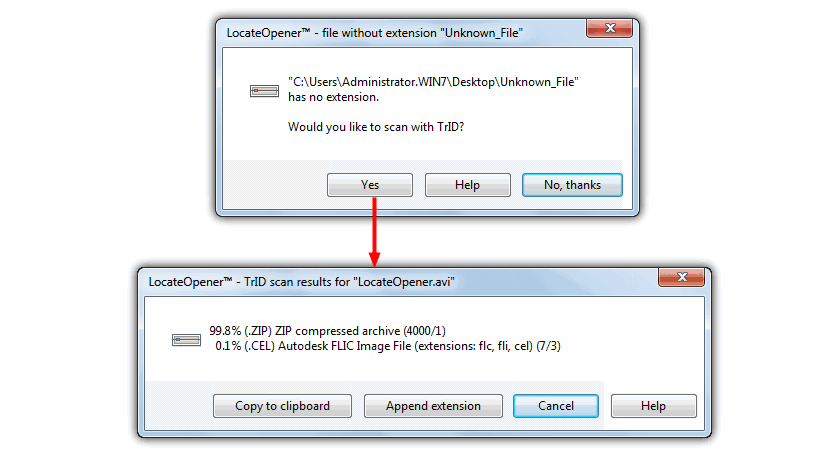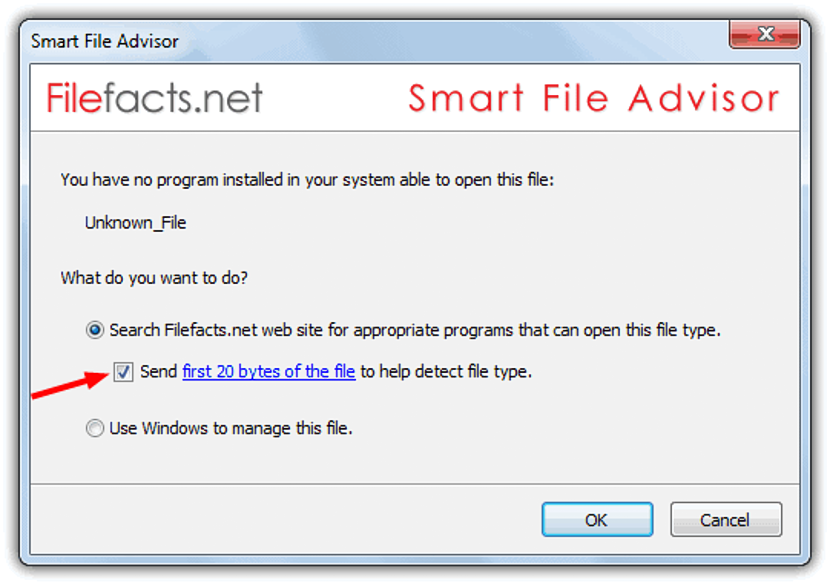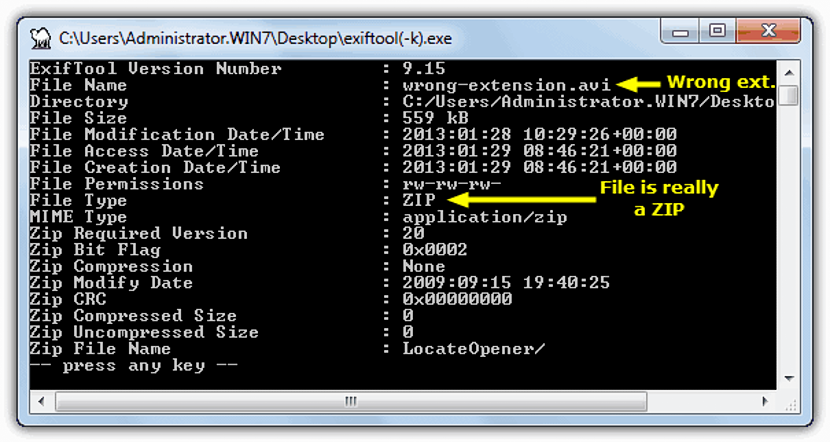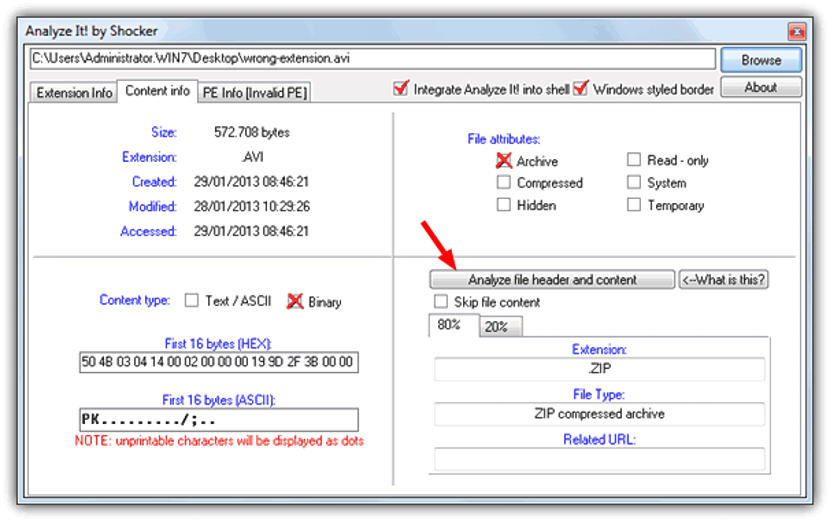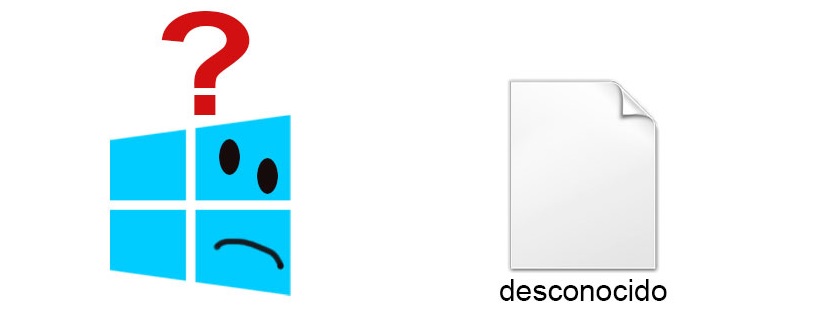
If at a certain moment a friend of ours has sent us a photograph or image by email so that we can use it in a specific project, we may be surprised that said file shows as "unknown" in Windows. Such a situation can arise if the file was originally worked on a Mac computer.
The operating system in Mac computers generally does not consider an extension in its files, not being the same case for Windows even when using similar tools. If we are talking about a photograph or image, it could have a jpeg, png, gif or any other format that we must know to try to open it in the tool where we are going to work on it. Next we will mention a few alternatives that exist to be able to know the extension of these unknown files.
General Considerations About Unknown Files
As we have previously suggested, an unknown file has no extension and therefore, will not have a preview nor is it a definition of the type to which it belongs. If we have been informed of the format you have, we would only have to rename it and place the respective extension; We could also use the right mouse button and select the option that says "Open as ..." to later choose the tool that will recognize them.
With this small tool that we must install (logically) in Windows we will already have the possibility of recognizing the extension to which an "unknown file" belongs.
For its execution we only have to look for this "unknown file" and select it with the right button of the mouse. allow the tool to try to identify the extension the type to which it belongs. You need a small library of the formats that exist, to which you can download as add-on package offered by its developer.
This alternative has a very particular way of working, something that will be beneficial for those who want to know the extension to which one of these unknown files belongs.
When we have it on the computer, we will only have to select it with the right button of the mouse and then choose Smart File Advisor from the contextual menu, at which time a window will appear in which we will decide, if we want to do a search on the web or Let Windows try to fix it.
- 3. identify!
With a few additional functions, this tool will also offer us the opportunity to know the extension to which a file belongs without it.
After we execute it we will have to go to the menu bar to choose the «File», and then we must import the one we want to investigate from here. The tool will be able to identify them if it is within the 150 compatible formats that it currently handles. A more advanced user could use its editor, from which it is possible to add more formats to the compatibility list.
- 4. Exif Tool
The interface that this alternative has is very different from what we have mentioned above. Here everything works like a window «command terminal» and in which the extension to which a file belongs will be decrypted. The developer also mentions that if the tool detects an incorrect extension, ExifTool will correct this aspect, showing the correct one instead.
All the user has to do is run this tool, search for the unknown file, select and then take it to the interface, at which point we can see that the information is shown in the format to which it belongs.
- 5. Analyze It!
This alternative offers more complete information once we have imported the unknown file within its interface.
For example, right here the type of file we are trying to decrypt will be shown, also showing the possibility of change the extension from this place in the event that an incorrect one has been used.
Any of the alternatives that we have mentioned can be used primarily to try to discover the extension to which a file belongs that does not have it in its structure. Some of the tools offer additional functions, which can already be used by a more advanced user.
